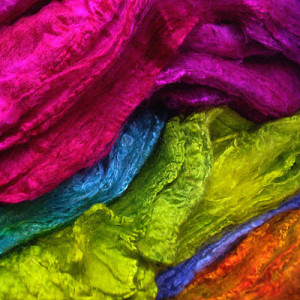Key takeaways of this fundamental post
- Importance of basic dyes for textiles
- Classification according to processes
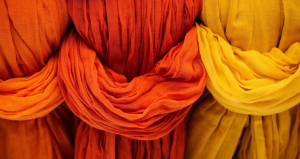
The fashion industry would have been dull if not for the dying of fabrics by the textile industry. The basic dyes involved in coloring of the yarns is one of the key elements that keep several other industries active. As a powerful agent to color and printing, it holds vital importance due to its high tincture values and molecules with a positive charge. The classification shows how it is relevant for acrylic fibers, silk and wool.
Importance of basic dyes for textiles
Polyester is a widely used synesthetic material. It is often augmented with cationic dyes for bright colors. These dyes are salts of organic base. The chromophore in the molecules brings a luster to wool, silk and acrylic textures. They are available as powders, pearls or liquid. The fastness of color is an added advantage for creating beautiful designs and prints. The properties show its solubility in water due to the glacial acetic acid. It dissolves in water easily which is a good factor when a fabric is created.
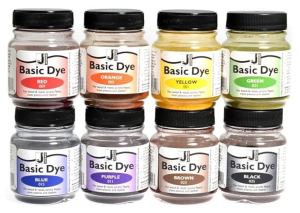 Classification according to processes
Classification according to processes
The process of dying segregates the basic dyes and their intrinsic values. It is the second last stage after which printing and fabric finishing is done. A good procedure is the key for relevant trade in the textile markets. The right substances and chemicals make all the difference. Usage of certain chemicals ensure the bright color does not fade. Thus it creates a long lasting value fabric for the end consumer. A dye that does not damage the color is important in the process adopted.
The textile industry requires the following processes for their production.
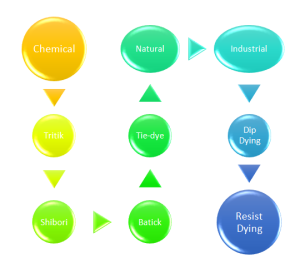 Some of the best examples of basic dyes are:
Some of the best examples of basic dyes are:
- Basic red
- Crystal Violet
- Methylene blue
- Basic blue 9
Basic dyes can be modified too.
The chemical composition classifies them by:
- Diphenylmethane or ketone imine (presence of C=NH group), e.g. C.I. Basic Yellow 1.
- Triphenylmethane, e.g. C.I. Basic Green 4, C.I. Basic Blue 5 and C.I. Basic Violets 3 and 14.
- Thiazine (nitrogen and sulphur atoms forming a ring with benzene carbons), e.g. C.I. Basic Blue 9 and C.I. Basic Green 5.
- Oxazine, similar to thiazine, but nitrogen and oxygen atoms form a ring with benzene carbons, e.g. C.I. Basic Blue 12.
- Azine, similar to thiazine, but two nitrogen atoms form a ring with benzene carbons, e.g. C.I. Basic Red 5.
- Xanthene (two benzene rings linked by oxygen atom and methylene bridge) derivatives, e.g. C.I. Basic Violet 10.
- Acridine (two benzene rings linked by a nitrogen atom and –CH= group) derivatives, e.g. C.I. Basic Orange 14.
- Azo groups, e.g. C.I. Basic Brown 1.
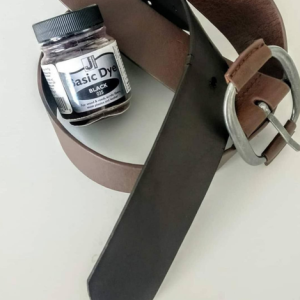
Other applications of importance
They can be used also for dried flowers, coir, jute coloring cut flowers. But the major use is for dying acrylic fibers due to the anionic groups attached to them. The cation and anion create the salt linkage. In the case of leather, the dying procedure is blended with vegetable-tanned leather. It does away with the mordant. In the paper industry too the coloring process holds advantage for printing.
Vipul Organics understands the need for basic dyes in today’s competitive world. With a well equipped facility, it is the primary source and partner for several customers who need dyes and pigments to augment their textile product lines.
